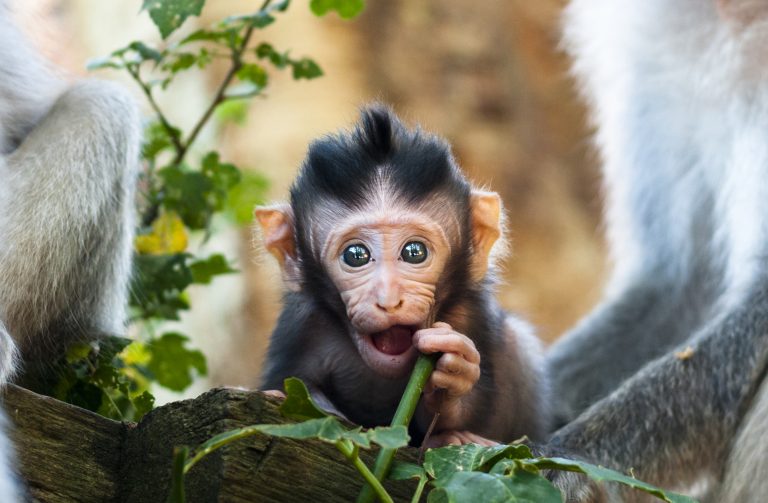As the UK Wildlife enjoys brighter and warmer days, it’s the perfect time to explore the outdoors and discover the diverse wildlife on your doorstep. Arbtech, an ecology and arbori-culture consultancy, has highlighted the wildlife to look out for this summer, along with tips for spotting these fascinating creatures.
Butterflies
Summer is prime time for butterfly spotting, with various species gracing the UK. The peak season runs from late spring to late summer, so take the chance to see these beautiful insects.
Look for the distinctive comma butterfly, known for its orange and brown markings and scalloped wing edges. Peacock butterflies, with their vibrant eye spots resembling peacocks, are also easy to spot. Although they are most common in summer, they can appear as early as February and March.
For the best butterfly-spotting locations, visit woodlands, meadows, gardens, and parks, particularly on sunny, calm days. Butterflies are cold-blooded and most active in warm weather. Wearing neutral colours and staying still can increase your chances of observing these insects.
Deer
Deer can be seen throughout the year but are especially visible in the warmer months when they frequent long grass and woodlands. Red deer, the largest species have a short tail, reddish-brown coat. They are commonly found in Scotland, Exmoor and the Lake District, inhabiting moorland and forested areas.
Roe deer are smaller and lack a visible tail, with a black nose and white chin. Their antlers are typically simple, with just three points. This species is often seen in central and southern UK, especially in woodlands and field edges.
Fallow deer are distinguished by their palm-shaped antlers with small points, long tails, and bright white spots across their coats. They are found in Woodlands and Park-lands throughout the UK.
Deer are most active early in the morning and late in the evening. To spot them, avoid busy times, wear muted colours, and move slowly to avoid startling them.
Bats
Summer is ideal for bat watching in the UK, as they hibernate from October to March or April. The first half-hour after sunset is particularly good for spotting bats. Common pipistrelles, the UK’s most prevalent bat species, live in colonies of up to 1,000 in urban and rural areas. They can be seen fluttering erratically while hunting for insects.
Near rivers or lakes, look for Daubenton’s bat, known as the ‘Water Bat,’ which skims water surfaces to catch insects. These bats have large feet, making them easier to identify.
To maximise your chances of seeing bats, visit areas UK Wildlife free from light pollution, such as woodlands and long bushy hedgerows. Stay still and quiet to avoid scaring them away.
Birds
The early sunrises and warmer temperatures of summer make birds more vocal and lively, ideal for bird watching. Early mornings and late afternoons are the best times to spot active birds. Swallows, with their graceful glides and low flights near treetops, are a sign of summer. They have red throats, white undersides, and distinctive forked tails with streamers.
Listen for the ‘who who who who!’ call of the stock dove in parks, gardens, woodlands, and the wider countryside. These blue-grey birds have pink chests and iridescent green neck patches.
The black cap, a common grey-brown bird, can be seen throughout the summer in woods, hedgerows, and gardens.
Bugs
Mini beast hunting is a great summer activity, especially for children. Printable mini beast spotter sheets available online can help track the bugs you find.
Woodlice and millipedes can be found under large stones and logs, while leaves may conceal caterpillars and ladybirds. Flowers often attract bees and butterflies feeding on nectar. Bring a magnifying glass, spoon, and clear container to gently study the bugs you spot.
Andrew Richards from Arbtech commented:
“Summer is an ideal time to step outside and spot some of the UK’s incredible wildlife. This guide aims to inspire exploration and appreciation of both local and new areas to discover nature. Connecting with our surroundings can significantly boost our mental well-being and is a way to celebrate these fascinating species. Keeping a logbook of your wildlife findings this summer is a great way to record what you see, where it was seen, and when it was spotted, making it easy to track patterns and increase your chances of finding more species.”
With these tips and insights, make the most of the UK summer and explore the wonderful wildlife around you. Happy spotting !


